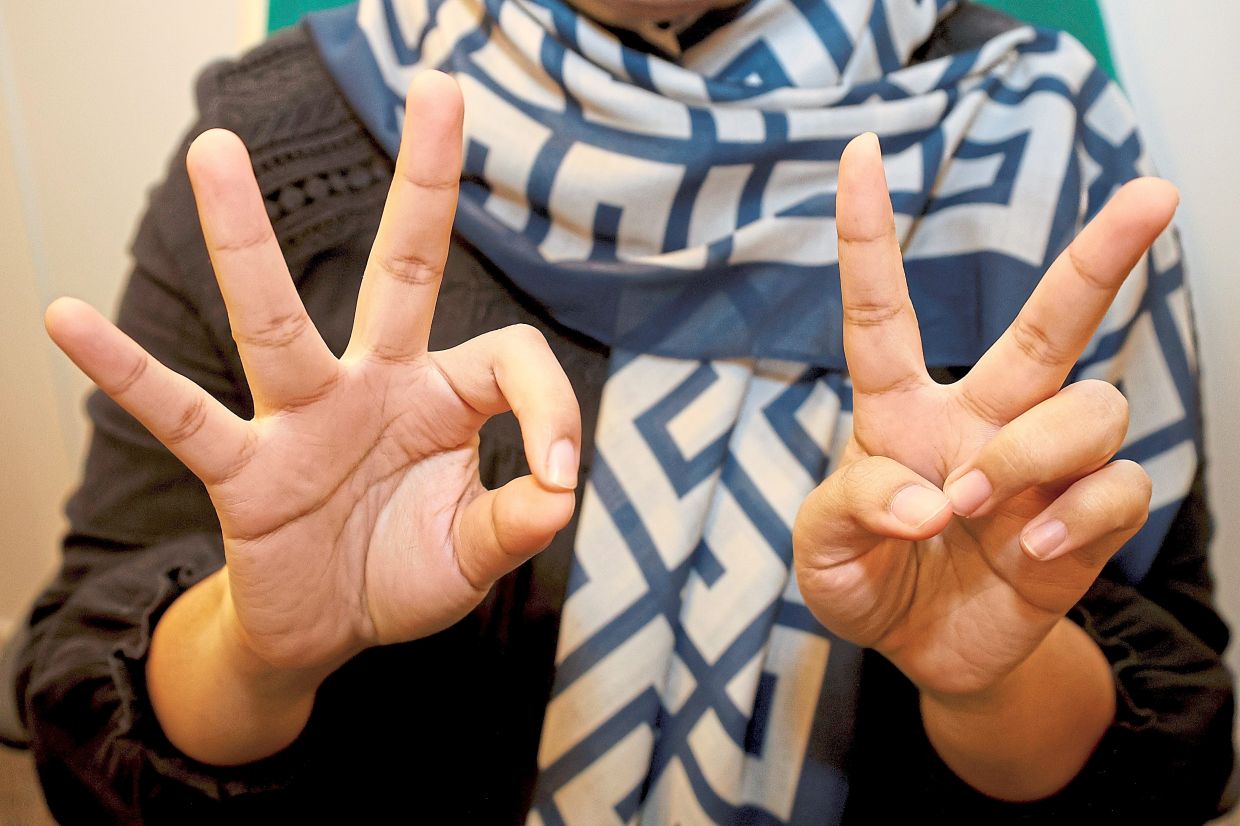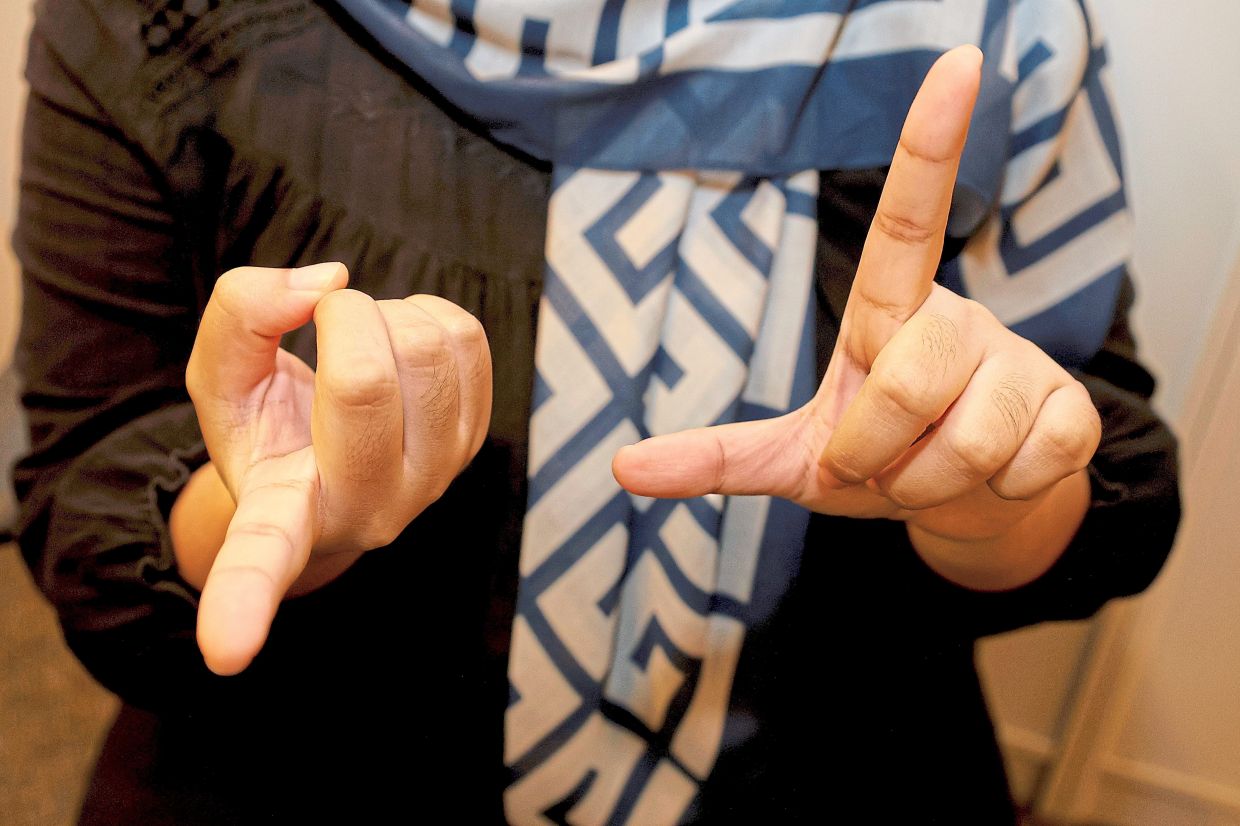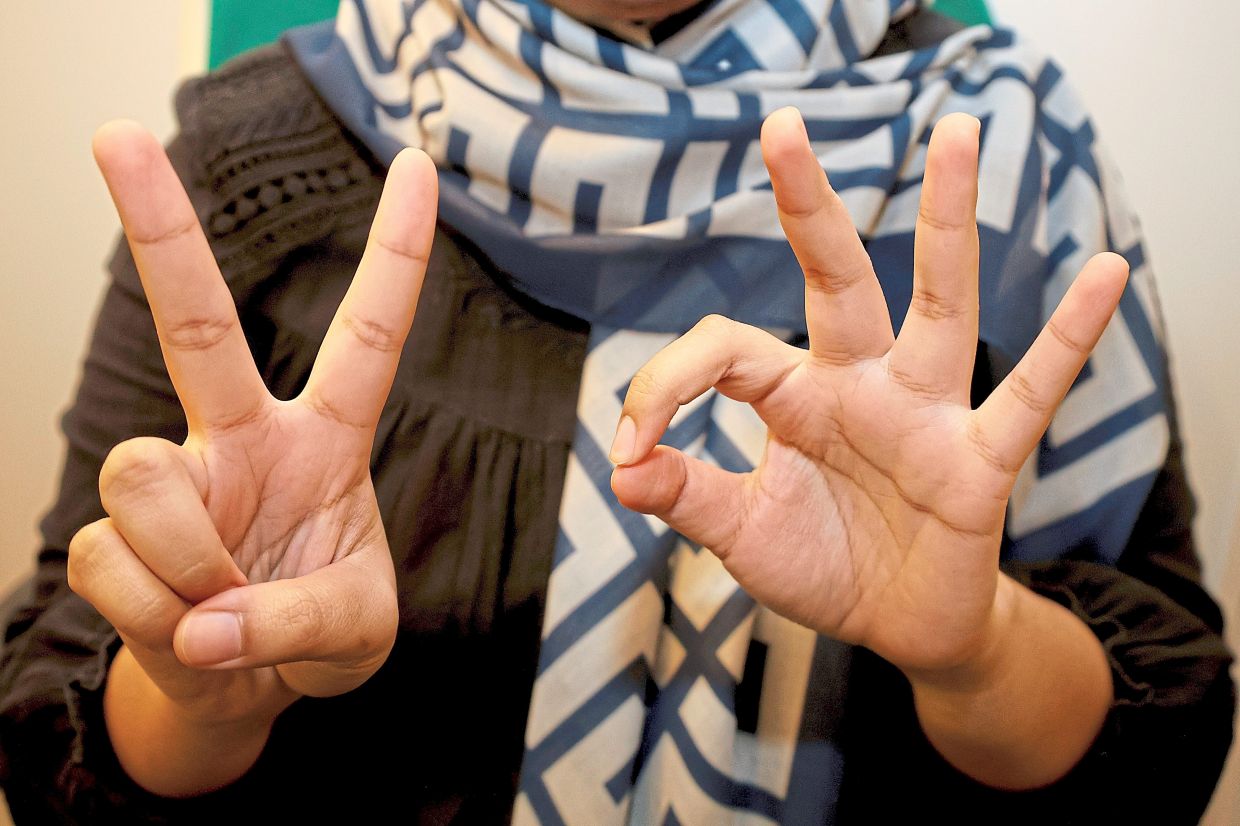Getting your fingers to do a movement pattern is like a secret handshake between your brain and your fingers. — Pexels
As cliche as it sounds, it’s that season again to start making fitness goals as another new year rolls around.
Instead of just focusing on the usual resolutions to get your body fit and healthy in 2025, why not add in some simple workouts for the brain as well?
This “brain gym” is fun, can even be a party game and doesn’t require much – only your fingers.
Numerous studies show that finger coordination exercises can activate the cerebral cortex and delay the decline of cognitive function.
No matter our age, we all have the occasional memory lapse, but ageing alone is generally not a cause of cognitive decline.
Like working out your skeletal muscles, the brain needs to be exercised too – without gadgets.
Challenging your brain with mental exercises is believed to activate processes that help maintain individual brain cells and stimulate communication among them.
You won’t work up a sweat, but don’t be surprised as to how tired your brain feels afterwards.
The seemingly simple, but brain-challenging exercises require both hands to be engaged simultaneously and are intended to enhance coordination, focus and dexterity, as well as stimulate vital neural connections.
Remember, it’s not just about moving your fingers, but moving them with fluidity and without any kinks.
For kicks, I asked a few of my much younger colleagues to attempt the exercises and they burst out laughing in embarrassment when they realised they couldn’t do them!
With regular practice, you will get better and will discover that your brain (hopefully!) works better too.
There are four exercises demonstrated on this page for you to try.
Do each exercise 10-20 times.
Start slowly and pick up speed once your brain starts adapting to the exercise.
Initially, you’ll notice that your eyes will dart from one hand to the other to watch the movements.
Eventually you should focus in front, not on the fingers.
Rope in a partner and do it together.
Laugh, but don’t give up when the going gets tough.
See you all in the new year!
Revathi Murugappan is a certified fitness trainer who tries to battle gravity and continues to dance to express herself artistically and nourish her soul. For more information, email starhealth@thestar.com.my. The information contained in this column is for general educational purposes only. Neither The Star nor the author gives any warranty on accuracy, completeness, functionality, usefulness or other assurances as to such information. The Star and the author disclaim all responsibility for any losses, damage to property or personal injury suffered directly or indirectly from reliance on such information.
Related stories:
No excuses: anyone can learn to dance and stay fit
Pair up with a buddy for that extra motivation to exercise
'Engage your core!' – but how do you really do that?
Could I survive a ‘Jazzerthon’ with long Covid?
A sherpa's story, and tips on how to conquer Everest (and other mountains)













